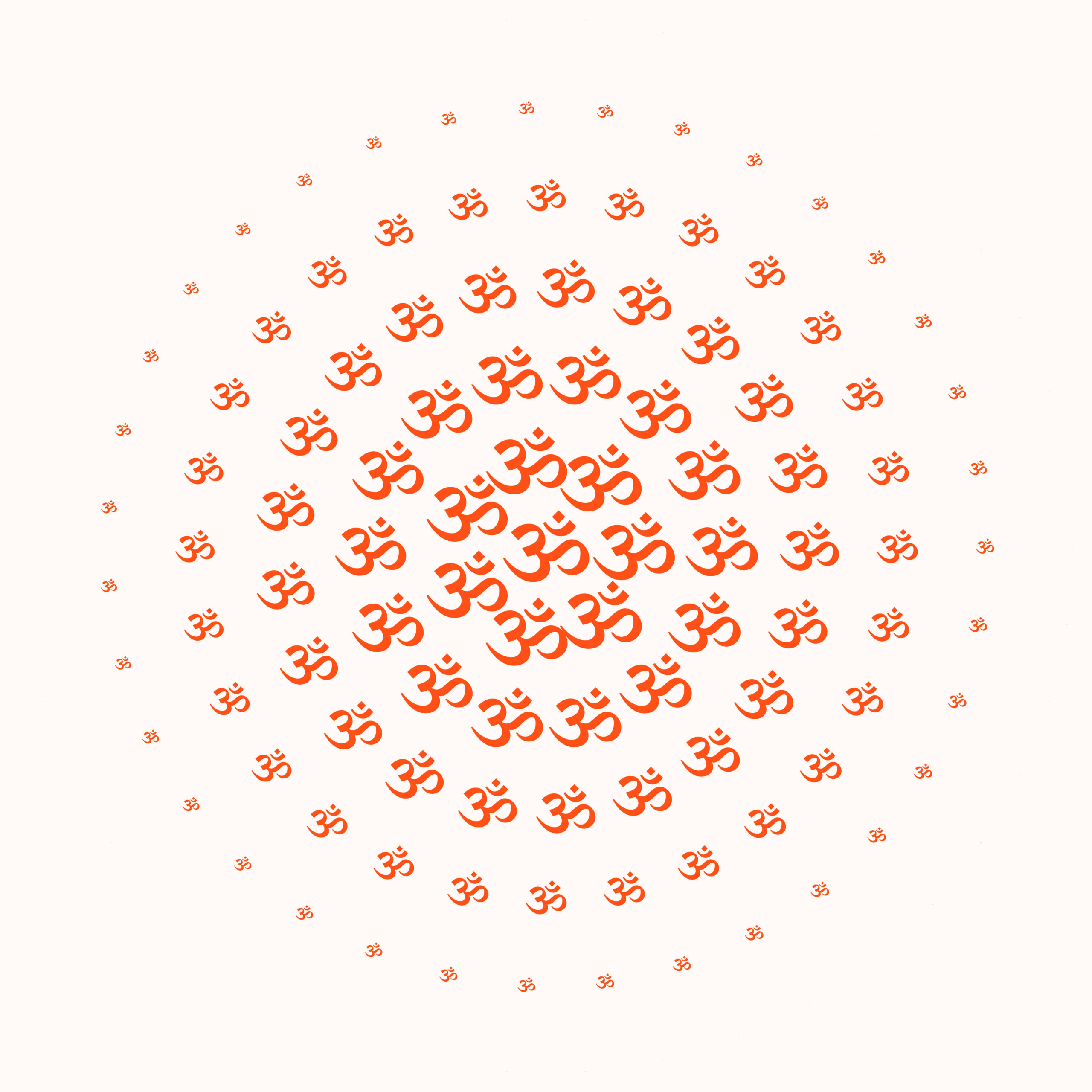The Rigveda is considered to be the oldest and most ancient text in the collection of sacred scriptures known as the Vedas. It holds a significant place in the cultural and religious traditions of ancient India and is recognized as one of the oldest surviving literary works in the world.
The Rigveda, composed in Sanskrit, is a compilation of hymns, chants, and prayers that were orally transmitted and eventually recorded in written form. It consists of a collection of 1,028 hymns divided into ten books or Mandalas, attributed to various seers or Rishis. These hymns were believed to have been composed between approximately 1500 BCE and 1200 BCE, although the exact dating remains a subject of scholarly debate.
The Rigveda reflects the religious and ritualistic practices of the Vedic period, providing insights into the beliefs, mythology, and cosmology of the ancient Indo-Aryans. It primarily focuses on the veneration of deities, including Indra (the god of thunder and war), Agni (the god of fire), Varuna (the god associated with cosmic order), and many others. The hymns of the Rigveda invoke and praise these deities, seeking their blessings, protection, and favor.
Beyond its religious aspects, the Rigveda also contains glimpses of the social, cultural, and historical context of the Vedic period. It offers references to the geographical landscape, rivers, flora, fauna, and social practices of that time. The hymns often express the hopes, fears, aspirations, and gratitude of the ancient seers, providing valuable insights into their worldview and their relationship with the natural and supernatural realms.
The Rigveda is renowned for its poetic beauty, intricate metaphors, and vivid imagery. It employs a complex and sophisticated form of poetic composition known as chhandas, characterized by meter and rhythm. The language and style of the hymns have captivated scholars, poets, and philosophers throughout history, inspiring numerous commentaries and interpretations.
Scholars of the Rigveda engage in philological, linguistic, and comparative studies to understand its language, grammar, syntax, and cultural context. They analyze the hymns to decipher their meanings, symbolism, and historical significance. Additionally, comparative studies with other ancient Indo-European languages and mythologies provide insights into the linguistic and cultural connections between ancient civilizations.
As an academic subject, the study of the Rigveda encompasses disciplines such as Indology, Sanskrit literature, religious studies, anthropology, linguistics, and archaeology. Scholars strive to interpret and contextualize the Rigveda within its historical, cultural, and religious framework, shedding light on the beliefs, rituals, and intellectual heritage of the ancient Vedic civilization.
In summary, the Rigveda is an ancient text of immense significance, offering a rich tapestry of hymns that provide a window into the religious, social, and cultural life of the Indo-Aryans during the Vedic period. Its study contributes to our understanding of ancient Indian civilization, the development of Indo-European languages, and the evolution of religious and philosophical thought in human history.
